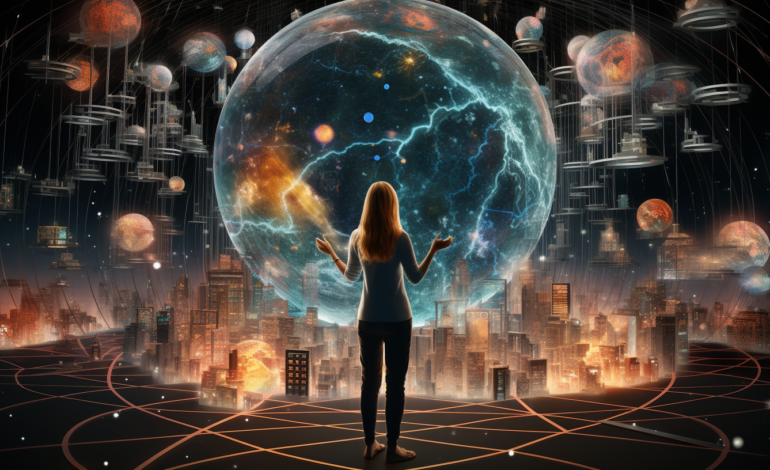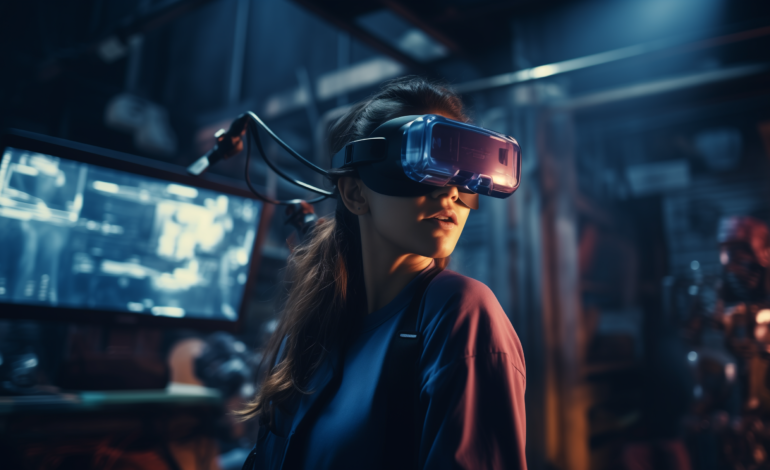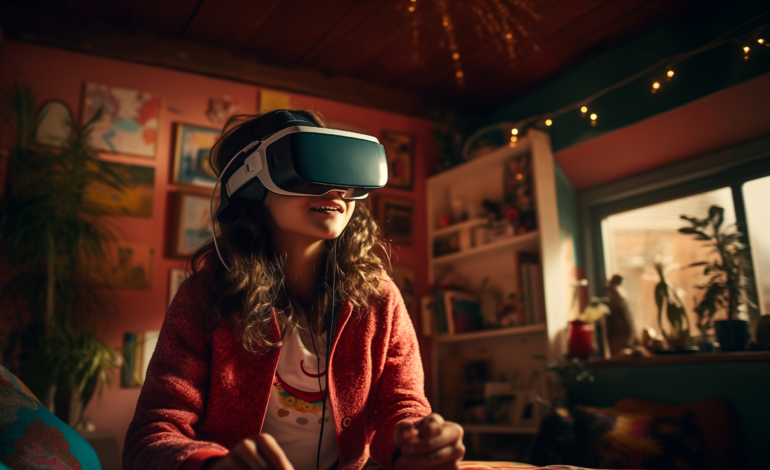The Metaverse Explained: Beyond Virtual Worlds
Eduard Rosicart
- marzo 19, 2024
- 4 min read

The «metaverse» is gaining major traction as one of technology’s hottest buzzwords, yet it remains misunderstood by many. This deep dive seeks to demystify the metaverse – explaining what it is, how it is evolving, and its potential impact on how we live, work, and interact.
Metaverse Explained
At its simplest, the metaverse refers to shared and persistent virtual 3D spaces where users can connect through digital avatars, assets, augmented reality, and more. It brings together multiple key elements:
-
Persistent virtual worlds that continue to exist even when you’re not logged in, like Decentraland.
-
A sense of presence where users feel immersed in digital environments, enabling real-time social experiences, as seen in VRChat.
-
The ability to seamlessly move between virtual and physical spaces while maintaining a persistent identity, as Meta envisions.
-
User freedom to create, own, trade, and monetize virtual goods and services, as happens on Roblox.
The digital experience of the metaverse
The digital metaverse experience is a rapidly evolving concept that is reshaping the way we engage with technology and the digital world. It enables users to access a shared virtual space through applications like Fortnite or Decentraland, using a variety of devices such as VR headsets or Meta Quest (Oculus). In these metaverses, users can build, buy and sell virtual items, participate in immersive experiences, and even engage in cryptocurrency transactions through NFTs and tokens. This shared virtual space serves as a sandbox for creativity and collaboration, allowing users to interact and create in ways that were not previously possible.
While the idea of the metaverse has been around for some time, recent advancements in technology and connectivity have made it a more tangible reality. Companies like Epic Games are leading the charge in developing metaverse platforms that enable users to explore and understand the metaverse in new and innovative ways. As the metaverse expands and evolves, its applications are becoming increasingly diverse, with the potential for a wide range of business models and industrial applications.
Current State and Future Vision
The metaverse today remains largely focused on gaming, social, and event spaces. But the long-term vision is an expansive, interconnected network of virtual worlds centered on social connection, creative expression, work, education, shopping, and more aspects of life.
Emerging technologies like augmented reality (AR), virtual reality (VR), blockchain, AI, and 5G connectivity will enable this evolution to a persistent digital layer seamlessly integrated with our physical lives.
Why the Metaverse Matters
This merger of physical and digital realities represents a transformative shift in how we interact and exist in the world. The metaverse enables:
-
More immersive remote experiences that feel «real», as explored by Microsoft Mesh.
-
New mechanisms for self-expression and identity play, as seen with VR avatars.
-
Human connections unbound by physical distance using VR communication platforms like vTime.
-
Digital asset ownership and value creation through blockchain-based protocols like Ready Player Me.
-
Blurring of entertainment, culture, retail, work, and social lives into connected virtual worlds.
Applications of the Metaverse
Applications of the Metaverse The metaverse is already starting to make its mark on our daily lives. This virtual world, which lets users immerse themselves in a mixed reality environment, has the potential to revolutionize the way we compute and interact with each other.
From industrial metaverse applications to social metaverse group gatherings, the possibilities are endless. While the metaverse is still in its early stages, many believe that it will soon become an integral part of our real-world experience.
The increasing popularity of vr goggles and devices like the Oculus Quest 2 are just the beginning. As more and more people use the metaverse in their daily lives, we can expect to see a wide variety of metaverse applications that will bring the metaverse to life.
Opportunities and Challenges
While hype around the metaverse builds, challenges remain around accessibility, privacy, content moderation, and managing harmful behavior at scale. But the possibilities are equally powerful for education, business innovation, economic inclusion, and human connection.
The emergence of persistent digital worlds represents a milestone in our shared digital evolution. The coming years will reveal how this transformation impacts business, culture, and the human experience. The possibilities look limitless.




